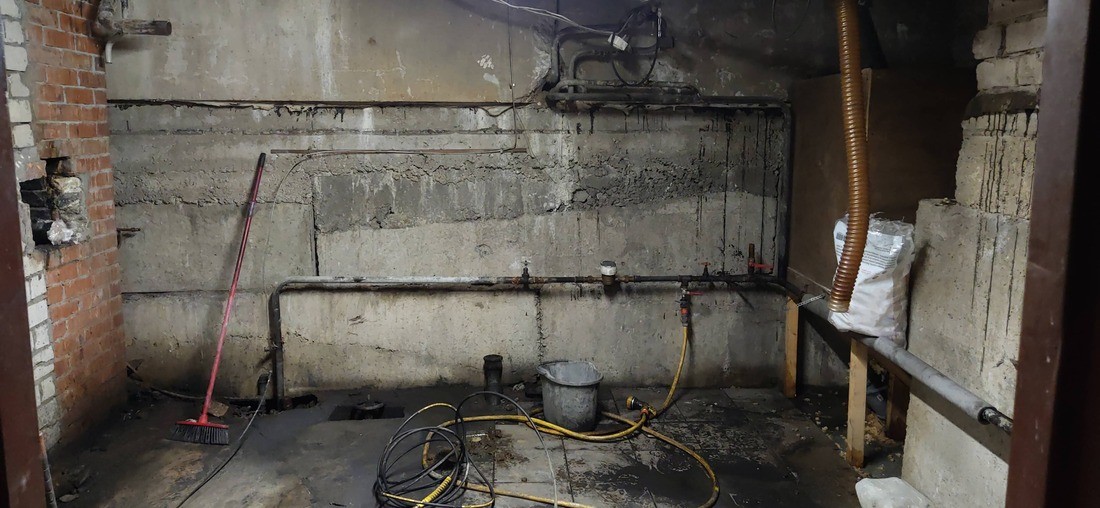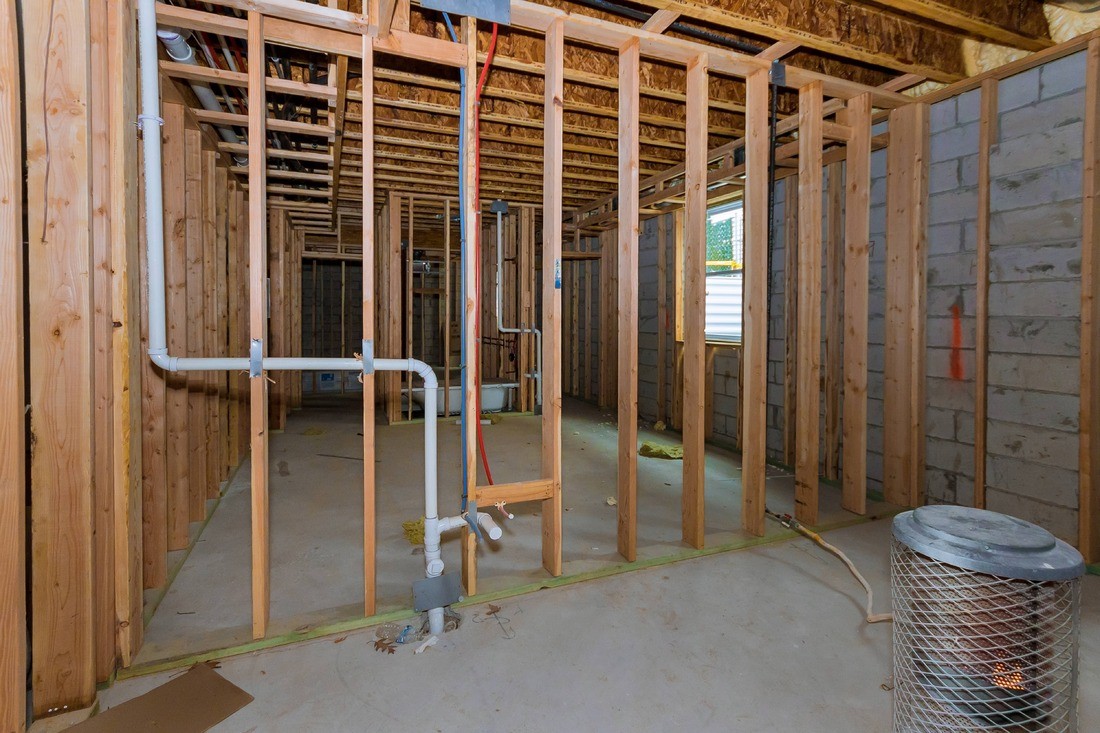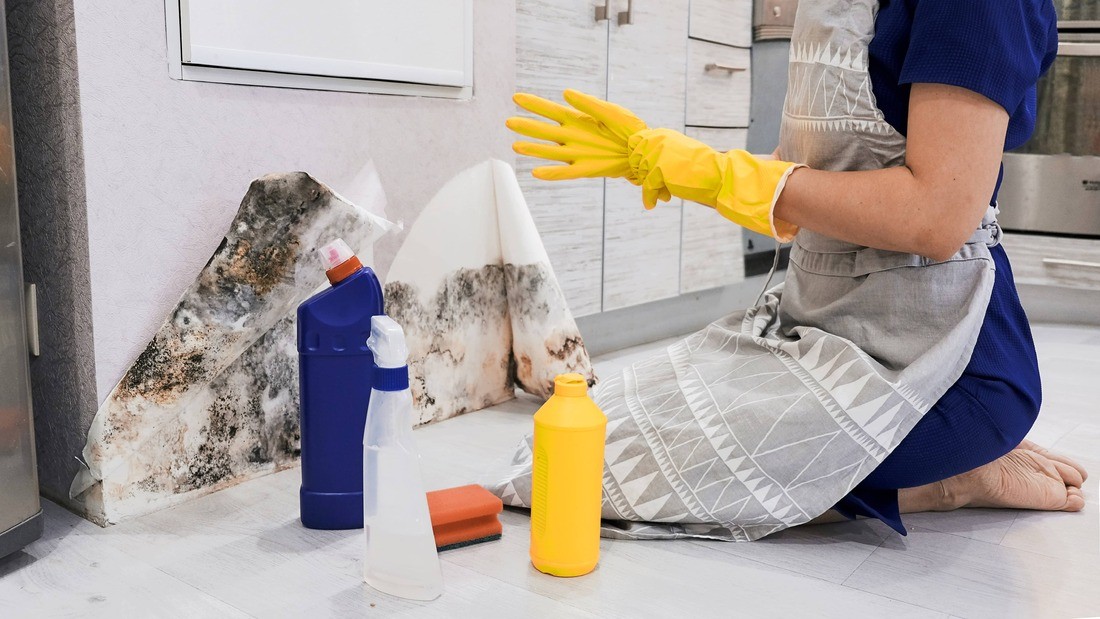
Introduction
Dealing with a flooded basement can be a stressful and overwhelming experience. The presence of water in the basement can lead to significant damage to the structure, as well as the growth of mold and mildew. In order to restore your home and prevent further damage, it is important to employ advanced techniques for basement water cleanup. This article will provide comprehensive information on various techniques and strategies that can be used to effectively clean up and restore a flooded basement.
The Importance of Basement Water Cleanup

Basement water cleanup is crucial for several reasons. First and foremost, it helps to prevent further damage to the structure of your home. Water can weaken the foundation, walls, and floors, leading to costly repairs in the future. Additionally, standing water and excessive moisture can promote the growth of mold and mildew, which can have serious health implications. By promptly cleaning up and drying out the basement, you can minimize these risks and ensure the safety and integrity of your home.
Advanced Techniques for Basement Water Cleanup
1. Water Extraction
One of the first steps in basement water cleanup is the removal of standing water. This can be done using various tools and equipment, such as submersible pumps, wet/dry vacuums, and dehumidifiers. It is important to extract as much water as possible to prevent further damage and minimize the risk of mold growth.
2. Moisture Detection

Once the standing water has been removed, it is essential to detect and address any remaining moisture in the basement. Moisture can hide in walls, floors, and other hidden areas, leading to long-term damage if not properly addressed. Advanced moisture detection tools, such as thermal imaging cameras and moisture meters, can be used to identify and target areas of high moisture.
3. Structural Drying
After the moisture has been detected, the next step is to properly dry out the affected areas. This may involve the use of commercial-grade air movers, dehumidifiers, and fans to facilitate the drying process. It is important to ensure that all affected materials, such as drywall and flooring, are thoroughly dried to prevent the growth of mold.
4. Mold Remediation
If mold is detected during the cleanup process, it is crucial to take immediate action to prevent its further growth and spread. Mold remediation involves the removal and cleanup of mold-contaminated materials, as well as the application of antimicrobial treatments to prevent future mold growth. It is important to hire a professional mold remediation company to effectively and safely handle the process.
5. Structural Repairs
Once the basement is cleaned and dried, it is important to assess and repair any structural damage that may have occurred. This may include repairing cracks in the foundation, replacing damaged drywall or flooring, and addressing any other issues that may compromise the integrity of the basement. Hiring a professional contractor experienced in basement repairs is recommended for ensuring the structural stability of your home.
6. Prevention Measures
After the cleanup and restoration process is complete, it is important to take preventive measures to minimize the risk of future basement flooding. This may include installing a sump pump, improving drainage systems, sealing cracks and gaps, and ensuring proper ventilation in the basement. These measures can help to prevent future water damage and protect your home.
Benefits of Professional Basement Water Cleanup
While some homeowners may attempt to clean up a flooded basement on their own, there are several benefits to hiring a professional water damage restoration company:
- Expertise and experience in dealing with basement water cleanup
- Access to advanced equipment and technology
- Knowledge of effective techniques and strategies
- Ability to handle mold remediation and structural repairs
- Quick response time to minimize further damage
- Insurance claim assistance
By hiring professionals, you can ensure that the cleanup and restoration process is carried out efficiently and effectively, giving you peace of mind and minimizing the risk of future issues.
Conclusion
Advanced techniques for basement water cleanup are essential for restoring a flooded basement and preventing further damage. Prompt action, thorough water extraction, moisture detection, structural drying, mold remediation, and proper repairs are crucial steps in the cleanup process. Hiring a professional water damage restoration company can provide the expertise, equipment, and peace of mind needed to effectively restore your basement and protect your home.
Contact JGW Group Water Damage Restoration Las Vegas at 725-240-0640 for professional basement water cleanup services in Las Vegas, Nevada. With their expertise and state-of-the-art equipment, they can effectively restore your basement after a flood.
Sources:
- Flooded Basement Cleanup: Who to Hire and Steps to Take
- How Much Does Basement Flooding Repair Cost In 2023?
- 6 things you need to do the day after a basement flood
- Basement Water Damage – Foundation Systems of Michigan
- What to Do After Your Basement Suffers From Water Damage
- What to Do if Your Basement Floods
Important facts and statistics about basement water damage restoration:
- Most homeowners will pay, on average, around $4,300 to repair a flooded basement.
- 10 Steps Used by Professionals to Restore Flooded Basements
- Basement water damage can be caused by various factors, including heavy rainfalls, burst pipes, or foundation leaks.
- According to Water Damage Statistics [2023], the cost of water damage claims has been increasing in recent years.



